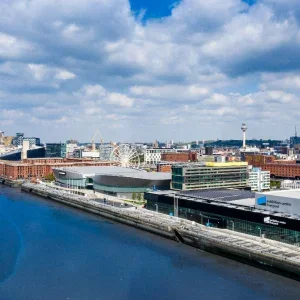
The work began in December 2005 and the eight-month project was completed last August
The factory will help Hitachi to meet its production targets over the next three years, when it is aiming to increase output to 6,000 units per annum. The work began in December 2005 and the eight-month project was completed last August.
GH were involved in the planning process of the construction of the building, which included four new cranes and a number of relocations from an old facility. Presently, there are nine overhead cranes in the new building and 25 – all from GH – in the old. However, by September this year, there will be 15 in the new building and just 22 in the old.
The cranes are being used for production of components for excavators of varying weights. The cranes have capacities ranging from 5-20t, with one crane having two hoists to lift the excavator boom.
Huijsman explained that GH were chosen because of its local facility just “500m away, that means they are quickly on the scene in the result of breakdown or repair,” thus saving on critical downtime.

The cranes are being used for production of components for excavators of varying weights
HCME has also made further investment in an additional paint line, another machine centre – with better jigs – and a washing/preparation area. Finally, a sheltered passage has been built to ensure that all materials can be easily transferred between the two sections.”
The cranes are being used for production of components for excavators of varying weights GH 1 The work began in December 2005 and the eight-month project was completed last August GH 2






